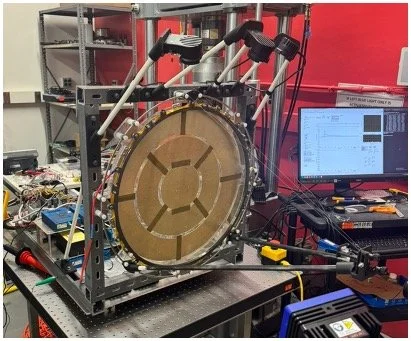
Eyes across the expanse.
In space, reconfigurability & range shouldn’t be tradeoffs. We bring adaptive radar to GEO & beyond.
Mithril Technologies, Inc.
Advanced in-space radar for underserved orbits.
Our partners
November 21, 2025
Thank you and farewell to our Mechanical Engineering Intern Ryan Britt! We’ve been lucky to have Ryan working with us for the past few months, supporting early prototyping and helping us with customer engagement. We wish 2Lt Britt the best as he moves to Colorado Springs to begin his career in the US Space Force!









